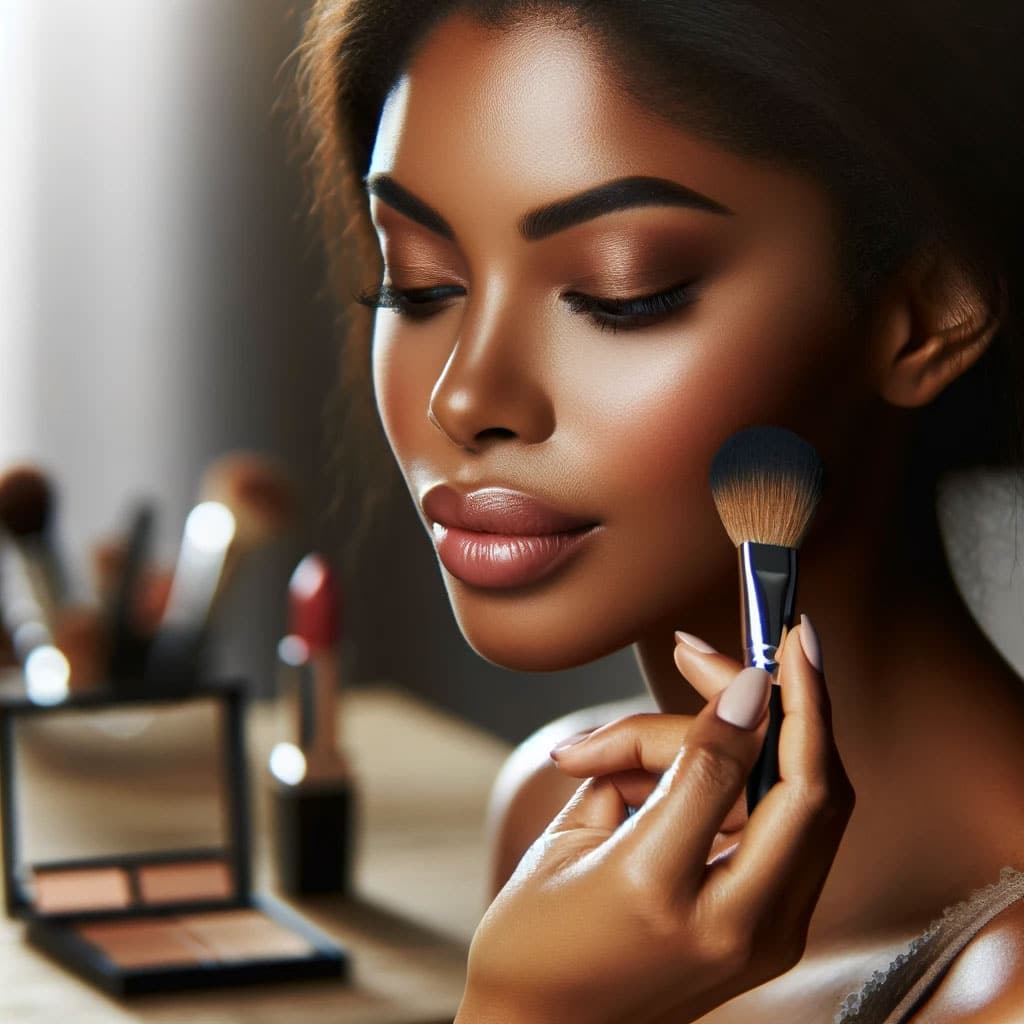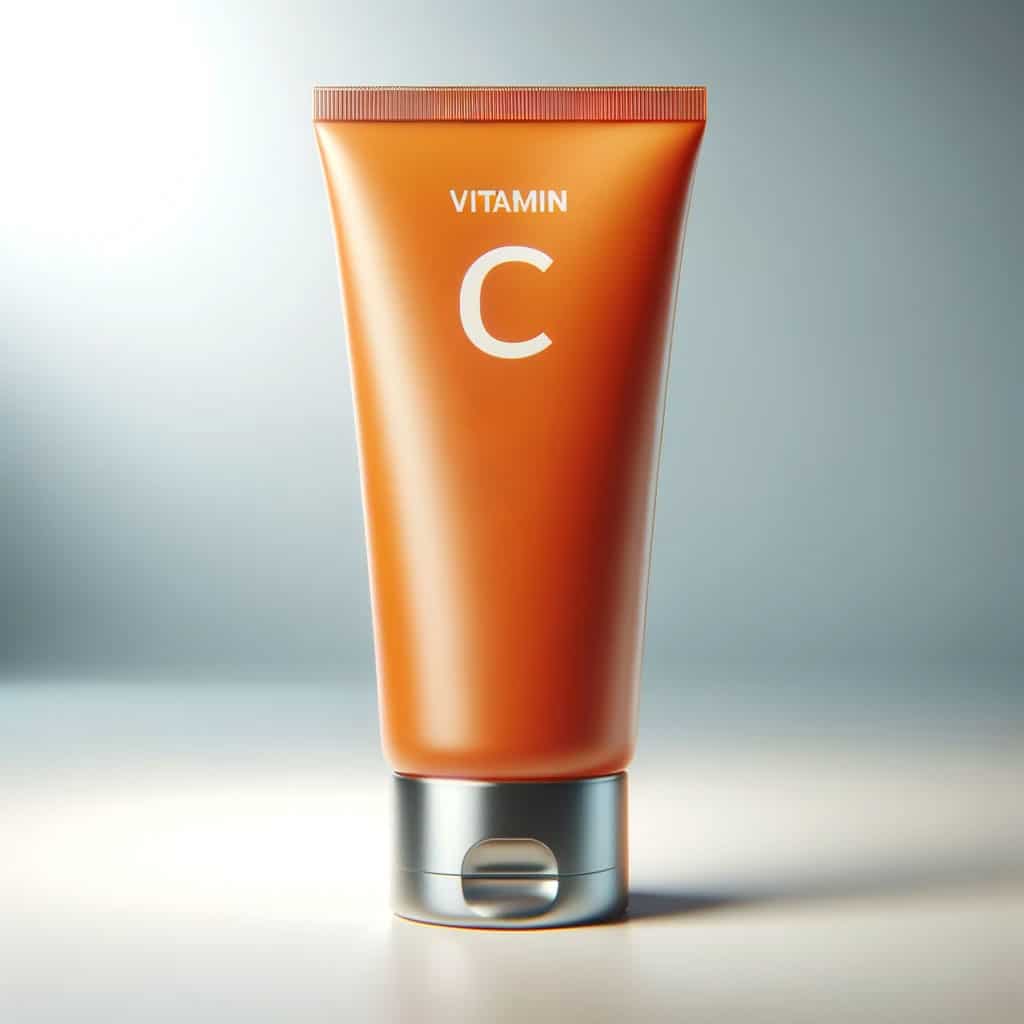For individuals with acne-prone skin, makeup application can be a challenging affair. Striking a balance between covering blemishes effectively and not exacerbating skin issues requires a strategic approach.
Choosing the right products is paramount, as certain ingredients can irritate the skin and worsen acne, whereas others can help to conceal and heal.
Choosing the Right Products

When selecting makeup for acne-prone skin, it’s important to focus on products that will not clog pores or exacerbate acne. The goal is to find formulations that protect and enhance the skin while providing the desired aesthetic effect.
Identifying Non-Comedogenic Makeup
Non-comedogenic products are formulated to minimize the risk of clogged pores.
Seek out labels that expressly state “non-comedogenic” when choosing foundations, whether liquid or powder.
Liquid foundations should have an oil-free formulation, while powder foundations are generally less likely to contain oils that may lead to breakouts.
Reading Labels for Acne-Safe Ingredients
Acne-safe makeup should be free from potentially pore-clogging ingredients like mineral oil and talc. Ingredients such as salicylic acid can be beneficial, as they help to clear pores.
Look for descriptions like “oil-free” or “mineral-based,” and prioritize products containing silicones like dimethicone, which create an effective barrier without causing skin congestion.
Selecting Products for Different Skin Types
Makeup should be tailored not just to avoid acne, but also to cater to different skin types:
- Dry skin may benefit from hydrating foundations with ingredients like hyaluronic acid.
- Oily skin is better paired with matte, oil-absorbing products.
- Sensitive skin should gravitate towards “hypoallergenic” labels to minimize irritation.
All skin types should consider products with added sunscreen, or SPF, especially those that are mineral-based. Mineral makeup is often recommended due to its natural ingredients less likely to irritate acne-prone skin.
Application and Maintenance Techniques
Choosing the right techniques for applying and maintaining makeup is crucial for those with acne-prone skin. This ensures not only a more natural makeup look but also helps in avoiding further skin irritation and breakouts.
Prepping the Skin for Makeup
Before applying makeup, it’s important to start with a clean canvas.
The skin should be gently cleansed with a product suited to acne-prone skin types, ideally containing hydrating ingredients like glycerin or hyaluronic acid.
Applying a light, oil-free moisturizer, such as one with jojoba oil and vitamins C and E, provides a hydrated base.
A non-comedogenic primer is then recommended to create a barrier between the skin and makeup, helping to minimize the appearance of pores and provide smoother coverage.

Techniques for Acne Coverage
For covering acne, a concealer with buildable coverage is essential. It allows for layering on spots where needed without creating a heavy overall appearance.
Concealers should be applied with a clean brush or sponge to avoid bacterial transfer, tapping gently onto blemishes and blending outwards for a seamless finish.
Setting the area with a translucent setting powder or a spray can aid in keeping the concealer in place throughout the day.
Daily Skin Care and Makeup Removal
An effective evening skincare routine is fundamental for maintaining healthy acne-prone skin.
Makeup should be thoroughly removed with a makeup remover designed for sensitive skin, followed by a double cleansing method to ensure all impurities are washed away.
An acne treatment should be applied after cleansing if part of one’s skincare routine. Nightly moisturization with a product tailored for acne-prone skin helps in repairing and soothing the skin overnight.

